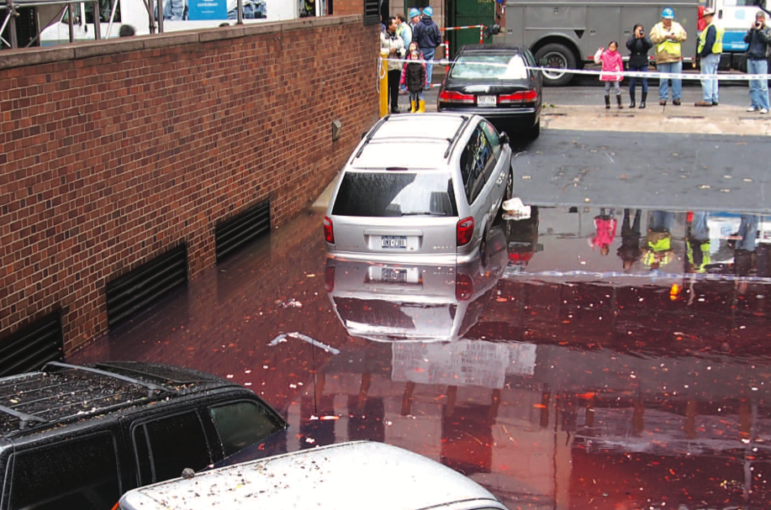City Limits: Opinion by Carlos Scissura, New York Building Congress
In December, Governor Andrew Cuomo issued disaster declarations for 12 upstate counties due to heavy rain, high winds and flooding that left hundreds of thousands without power. In the summer, flash floods in Broome and Seneca counties damaged homes and properties. Heavy rain led to the closure of I-190 in Buffalo and crucial intersections in Staten Island.
Risk is not limited to headline-grabbing news: every day in New York State, there is a 23 percent chance of flooding, while 90 percent of residents live in vulnerable waterfront communities. In New York City alone, 400,000 residents and nearly 250,000 buildings are in the current floodplain.
Rather than waiting for the next disaster to happen, we must shift our focus from conducting emergency repairs to proactively building resilient infrastructure. To ensure our communities are capable of adapting to disruptive events, there must be reliable access to critical resources and services like transportation facilities, water supplies, energy systems and waste management.
I applaud the Governor’s commitment to making New York an environmental leader and to protecting our residents and businesses through the $3 billion “Restore Mother Nature Bond Act.” The Bond Act will help build resilient infrastructure and address the growing risk of flooding throughout the State – flooding which will only become worse because of climate change. With 90 percent of smaller businesses failing within a year unless they can resume operations five days or less after a crisis, the risk of flooding is not only a safety issue, but a dire economic problem.
The truth is that investment in resilient infrastructure saves money. Building back from a disaster costs more and is often performed without considering long-term needs. The National Institute for Building Sciences has found that every dollar spent on infrastructure has a return of six dollars. The path forward needs to be a thoughtful, statewide effort.
It starts with a comprehensive resiliency plan; one which reduces the risk of flood inundation, builds in a way that acknowledges that we will have to live with increased flooding and incentivizes resilience measures that will create good paying jobs and enhance our communities.

